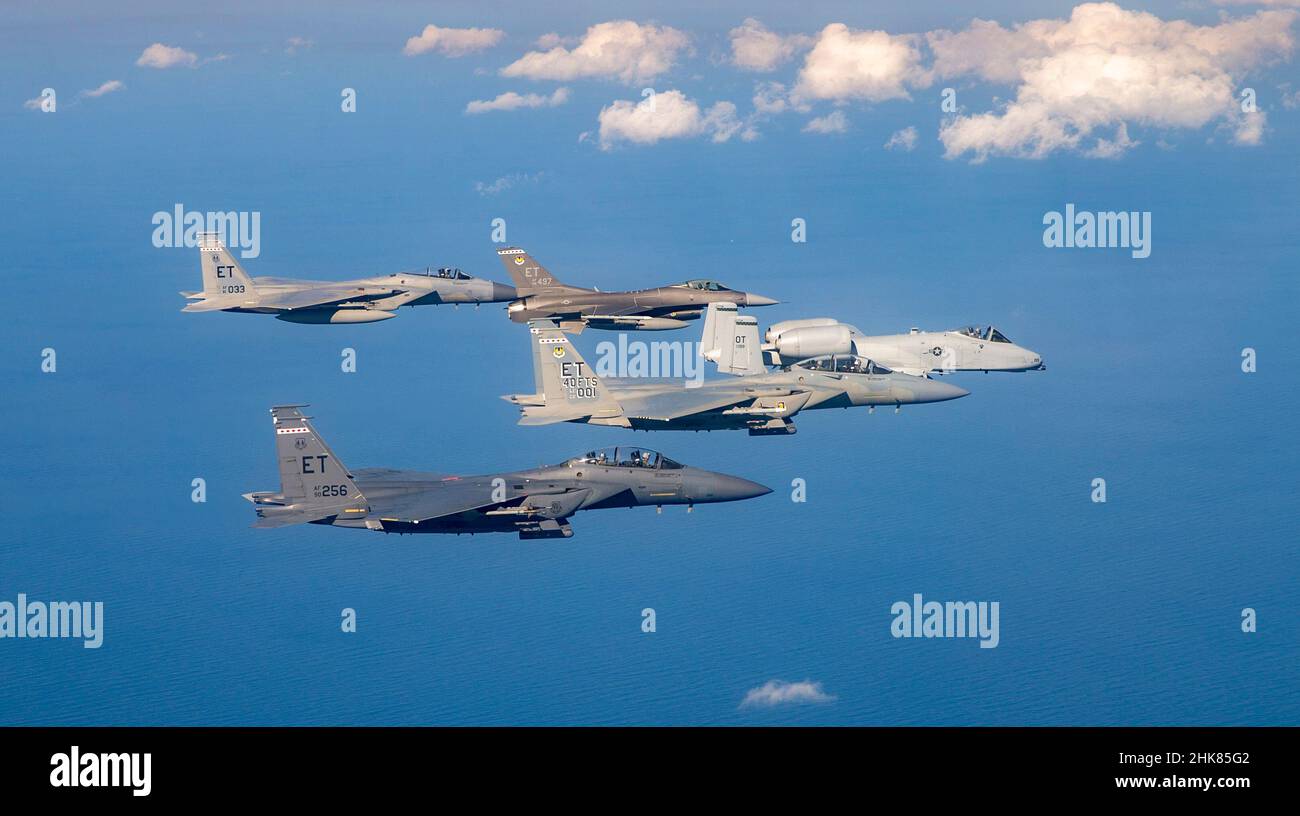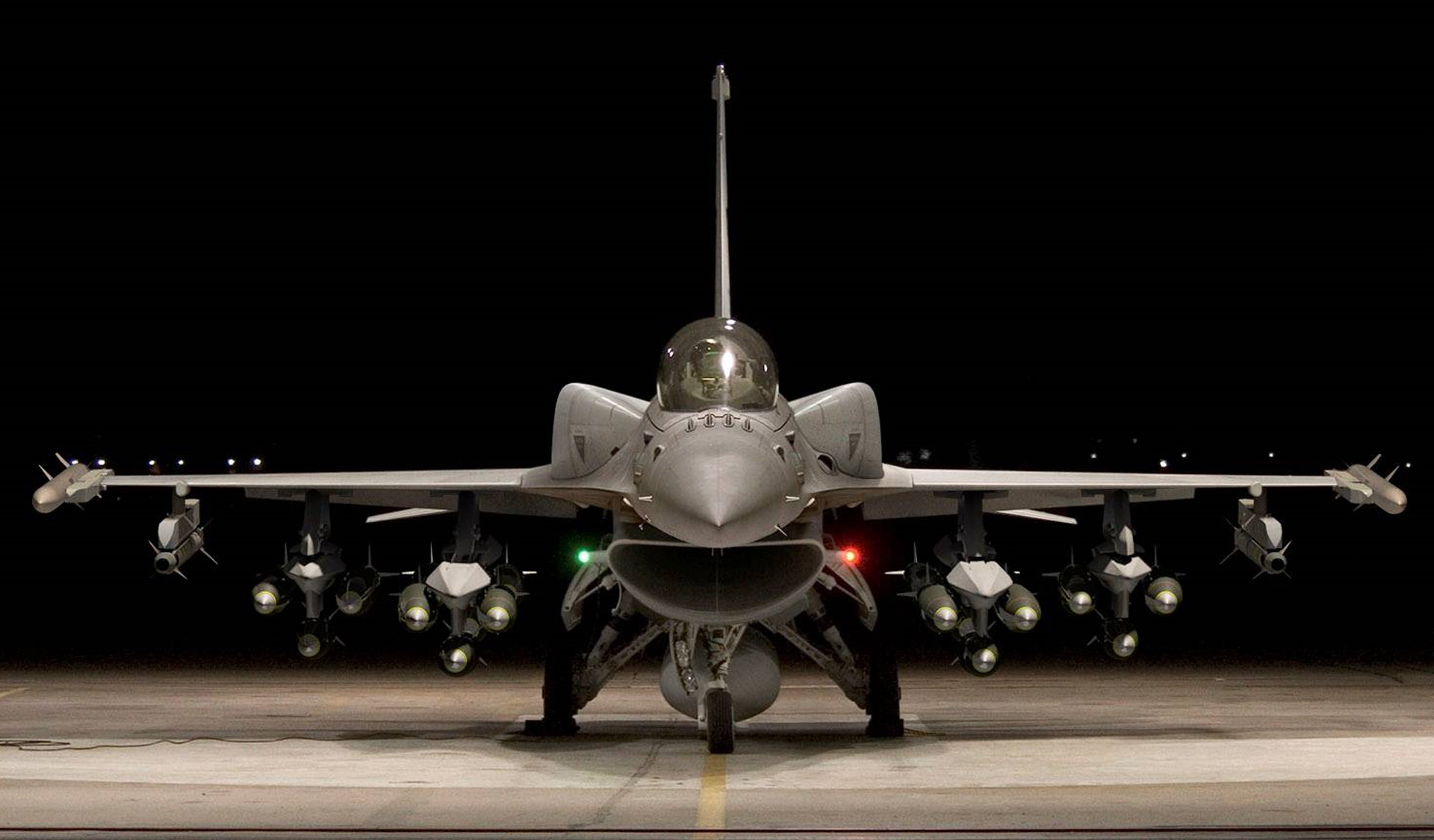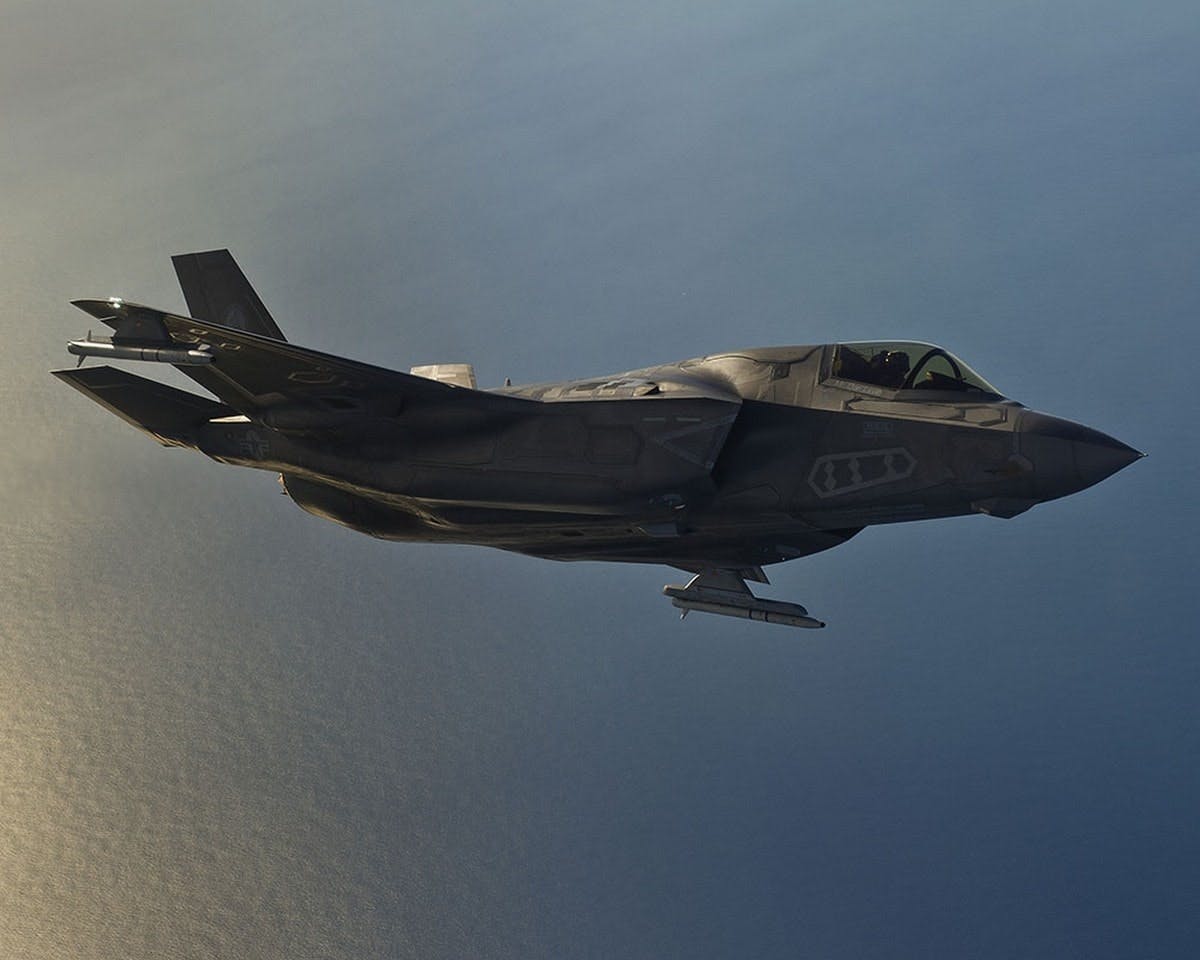Fourth Generation Jet Fighter - The 4th generation fighter is a type of fighter that was in service from 1980 to the previous generation and represents the design concept of the 1970s. The design of the 4th generation was heavily influenced by lessons learned from previous generations of aircraft of battle. Third generation fighters are often designed primarily as interceptors, built around speed and air-to-air missiles. Although there is exceptional speed in straight lines, many third-generation fighters lack great flexibility, as the doctrine deems traditional combat to be impossible at supersonic speeds. In practice, air-to-air missiles at the time, although responsible for most air-to-air victories, were unreliable and combat would become fast and close. This will make the 3rd generation fighters vulnerable and unarmed, which reignites the flexibility of the 4th generation fighters. At the same time, the increasing cost of military aircraft in general and the demonstration of the success of aircraft such as the F-4 Phantom II gave rise to the popularity of multi-role fighter aircraft in line with the progress of things. generation.
During this time, flexibility was driven by static stabilizer stability made possible by the introduction of fly-by-wire (FBW) flight control systems, which is possible due to the advancement of computers.Digital and technical integrated systems. Replacing the avionics analog required to operate FBW became a basic requirement when the old analog computer system began to be replaced by digital flight control systems in the latter half of the 1980s.
Fourth Generation Jet Fighter

Further advances in microcomputers in the 1980s and 1990s allowed rapid pilot upgrades throughout the life of these fighters, including improvements to systems such as the Active Electronic Scanner (AESA). Digital and infrared bus search and tracking.
Here Are The Criteria That Define Jet Fighters Generations (along With Several Examples Of Every Generation)
Due to the amazing capabilities of these improved fighters and the new design of the 1990s that mirrors these new capabilities, they are known as the 4.5 generation. This is meant to reflect the type of fighter aircraft that represents the evolution of the fourth generation, which includes integrated aviation kits, modern weapons efforts to make constitutionally designed aircraft (mostly), although easy to detect and track as response to advanced missile and radar technology. (see Stealth Technology).
Existing airframe design features and include turbine blade shielding and the use of sometimes advanced radar absorbing material, but not the low-level observable configuration of the so-called final aircraft. -22 Raptor.
The United States identifies 4.5-generation fighters as fourth-generation fighters that have been upgraded with AESA radar, high-performance datalinks, state-of-the-art fighters, and "advanced and streamlined deployment capabilities." "
Chgdu J-10C, Mikoyan MiG-35, Eurofighter Typhoon, Dassault Rafale, Saab JAS 39 Grip, Boeing F / A-18E / F Super Hornet, Lockheed Martin F-16E / F / V Block 70/72, McDonnell Douglas F- 15E / EX Strike Eagle / Eagle II, HAL Tejas MK1A,
Russia's Su 57 Heavy Fighter Bomber: Is It Really A Fifth Generation Aircraft?
While third-generation fighters (eg the F-4 and MiG-23) were designed as interceptors with only a minor emphasis on flexibility, the interceptor was reduced to a secondary role in the fourth generation, with a renewed emphasis on close and flexible combat, while the trade-offs involved in fighter aircraft design once again move beyond visual range (BVR). arguing for the possibility of control in close combat, the implementation of push vectors provides a way to maintain it, especially at low speeds.
Key developments contributing to the flexibility of the fourth generation include greater traction, powerful control interface and the latest Static Slack Balance (RSS). Fly-by-wire". Air combat exercises also include various ergy controls to maintain speed and altitude in rapidly changing flight conditions.
The first fourth-generation fighters, such as the F-15 Eagle and F-14 Tomcat, maintained an electronic flight irrigation system. An innovation of the fourth generation fighter was the FBW, while the 4.5 generation introduced the AESA radar.

The Geral Dynamics YF-16, developed into the F-16 Fighting Falcon, is the world's first aircraft intentionally designed to be slightly unbalanced. This technique, called RSS, is incorporated to further enhance the aircraft's capabilities. Most aircraft are designed with positive static stability that pushes the aircraft back to its original position after a disturbance. However, the positive static stability that the tdcy still has in its attitude counters the pilot's efforts to exert. Negatively stable aircraft, even in the control entry phase, will easily deviate from level and control flight. Thus, unstable aircraft can be more controllable. Such fourth-generation aircraft require a computerized FBW flight control system (FLCS) to maintain the desired flight path.
Distribution Of 4th & 5th Generation Fighter Jets
Some late derivatives of the original type, such as the F-15SA Strike Eagle for Saudi Arabia, included upgrades to the FBW.
Thrust vectoring was first introduced in the Hawker Siddeley Harrier for vertical take-off and landing, and pilots soon developed techniques of "viffing" or vectoring in forward flight to resist manoeuvrability. The first fixed-wing type to demonstrate flexibility in this way was the Sukhoi Su-27, the first aircraft to be publicly unveiled. Drag the vector into the field. Combined with this unit's superior drag-to-weight ratio, it is possible to maintain near-zero wind speeds at high angles of attack without stalling and perform novel pilots like Pugachev's Cobra. The three-dimensional TVC nozzle of the Sukhoi Su-30MKI is mounted 32 ° outward from the longitudinal axis of the engine (ie, in the horizontal plane) and can deviate by ± 15 ° in the vertical plane. This creates a corkscrew effect that reduces the turning ability of the aircraft.
The MiG-35 with its RD-33OVT engines with thrust vectoring allows it to be the first bi-directional vectoring head twin aircraft (ie 3D TVC). Other existing propulsion aircraft, such as the F-22, have one-way vector heads.
The technology is equipped with the Sukhoi Su-47 Berkut and later derivatives. The United States explored suitable technologies for the F-16 and F-15, but did not introduce them until the arrival of the fifth generation.
Fighter Generations Comparison Chart
Sustaining supersonic speeds without the need for afterburners saves large amounts of fuel, increases range and durability, but limited generating power and significantly increased traction in transit areas. Thrust, like external plugs, and their connection points must be reduced to minimum, preferably with the use of internal storage.
The Typhoon Eurofighter can cruise at around Mach 1.2 without a rear heater, with top speed without heat being Mach 1.5.
EF T1 DA (Developmt aircraft trainer version) revealed a supercruiser (1.21M) with 2 SRAAMs, 4 MRAAMs and drop tanks (plus a 1 ton flight test kit plus an additional 700 kg for the trainer version ) during the Singapore assessment.

Avionics cannot be changed due to new technology. They are often upgraded throughout the life of the aircraft. For example, the F-15C Eagle, first produced in 1978, received an upgrade in 2007, such as the AESA radar and helmet-integrated control system, and is scheduled to receive the 2040C upgrade to keep it in service until 2040 .
France Unveils Next Generation Fighter Jet
The mainstay of all modern fighter jets is the radar. The United States deployed the first modified F-15Cs equipped with the AN / APG-63 (V) 2 AESA radar.
No moving parts and the ability to project light more tightly and scan faster. It was later also introduced into the F/A-18E/F Super Hornet and Block 60 (export) F-16 and will be used for future US fighter jets. France introduced its first AESA radar, RBE2-AESA, built by Thales in February 2012.
For use on Rafale. The RBE2-AESA can also be retrofitted to the Mirage 2000. The European Union's GTDAR is developing an AESA Euroradar CAPTOR radar for further use on Typhoons. For the next generation F-22 and F-35, the United States will use a lower probability of interception capability. This will spread the radar pulse energy over multiple frequencies to avoid passing through the radar receiver that all aircraft carry.
In response to the increasing US emphasis on radar-evading stealth designs, Russia instead turned to ssors, emphasizing the IRST ssors first introduced on the F-101 Voodoo and F-102 US Delta Dagger in the 1960s for detection and tracking. . Of flight targets. These measure the IR radiation from the target. As a passive ssor, it has a limited range and there is no inherent data on the location and direction of the target, it must be inferred from the captured image. To compensate, the IRST system can incorporate laser ranging to provide a complete fire control solution for missile launches or missile launches. Using this method, German MiG-29 fighters using the helmet-displaying IRST system can achieve more effective missile locks than USAF F-16s in war exercises. IRST systems have now become standard on Russian aircraft. With the exception of the F-14D (officially retired in September 2006), no fourth-generation Western fighter aircraft carry IRST ssors for air-to-air detection, although similar FLIRs are commonly used. To achieve land targets.
Top 10 Most Advanced Fighter Jets In 2021
A very important computational feature of the trick is data binding. All modern European and American aircraft are capable of sharing target data with allied fighters and AWACS (see JTIDS). Russia's MiG-31 interceptor also has some data links.
Second degree assault washington state, 2nd degree assault sentence, 2nd degree aggravated assault, 2nd degree assault mn, 2nd degree assault, 2nd degree assault definition, 3rd degree assault washington state, 4th degree assault washington state, 2nd degree felony assault, 4th degree assault washington, what is assault 2nd degree, 2nd degree assault charges
0 Comments